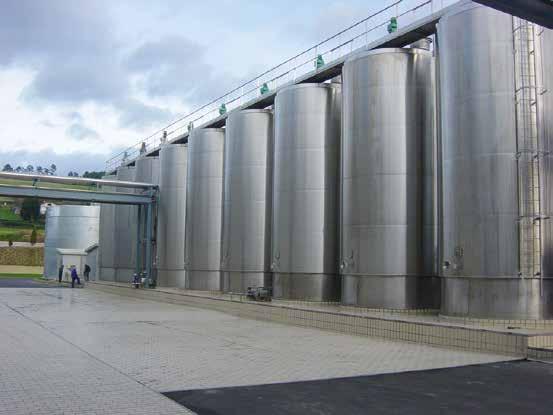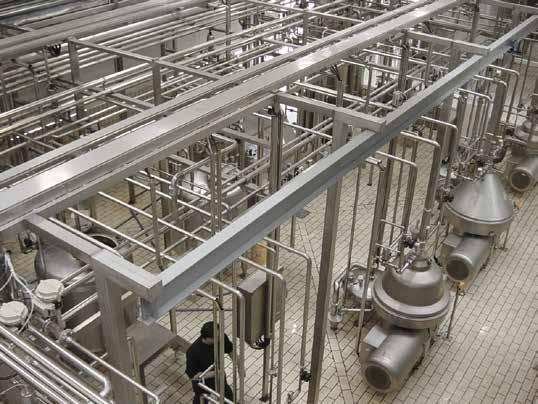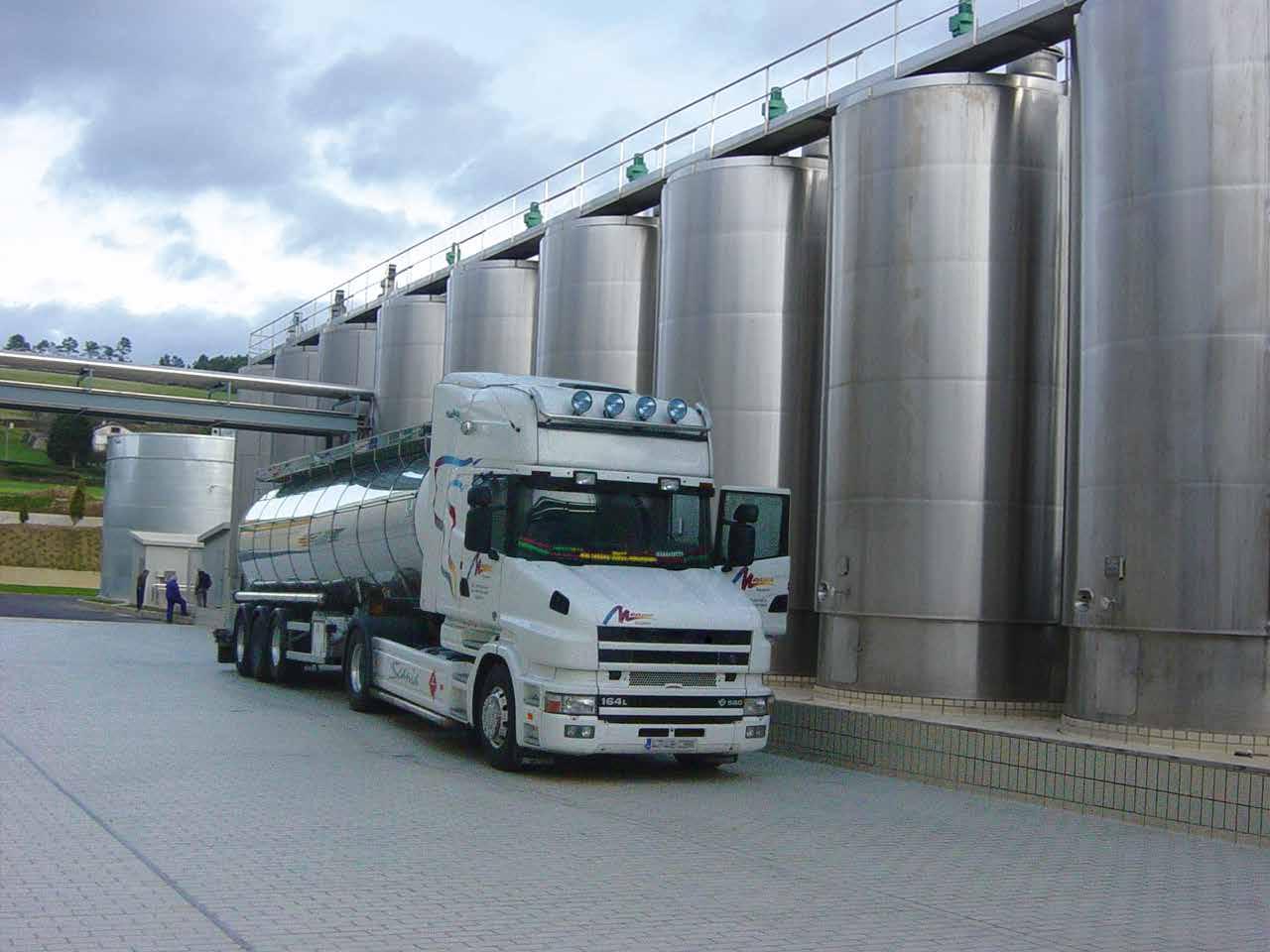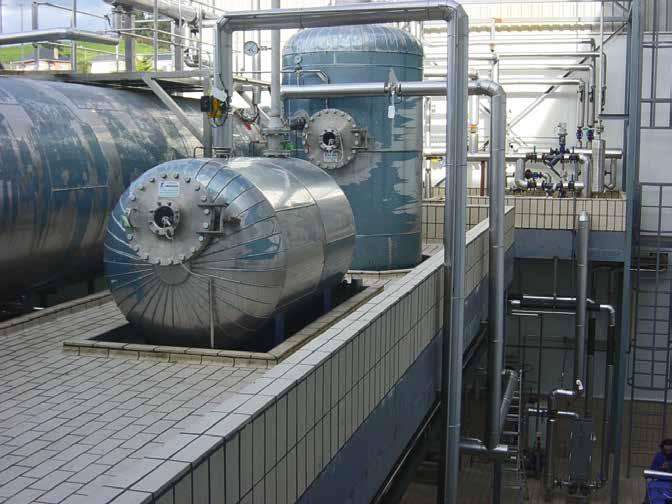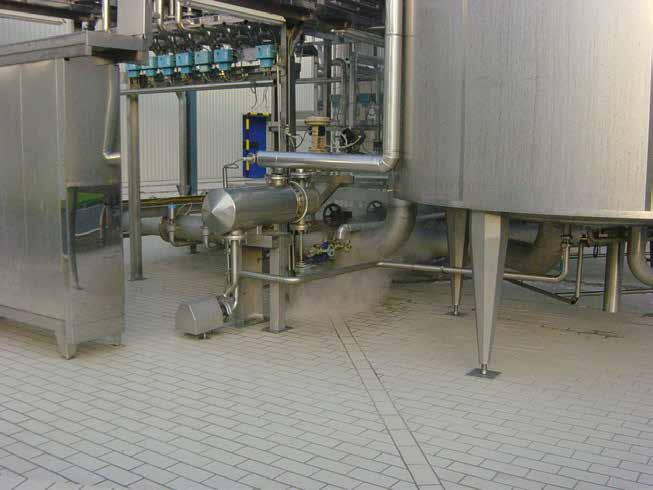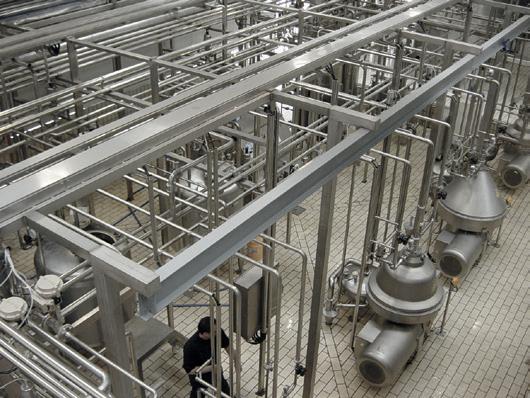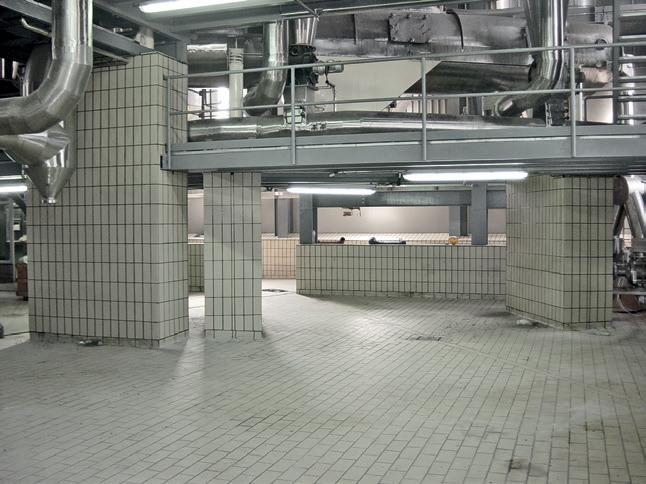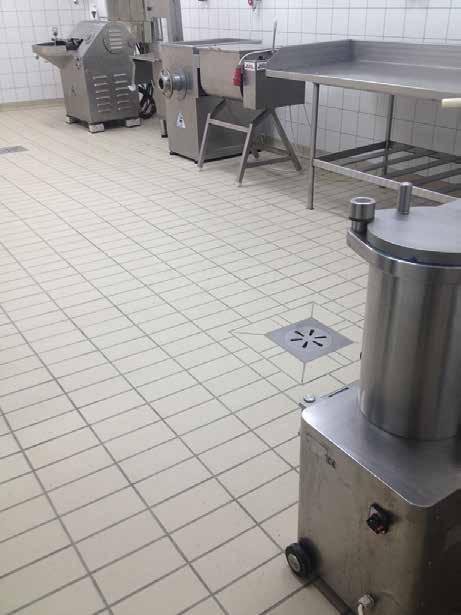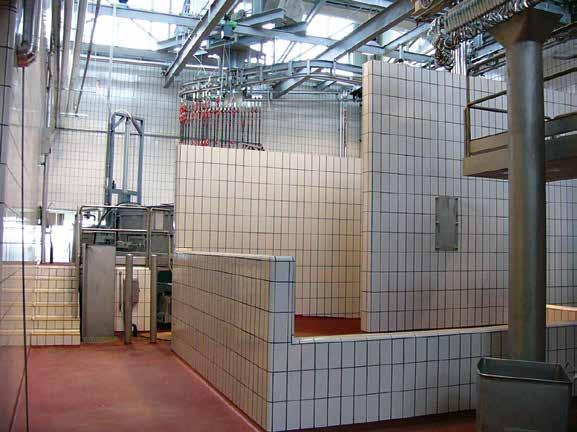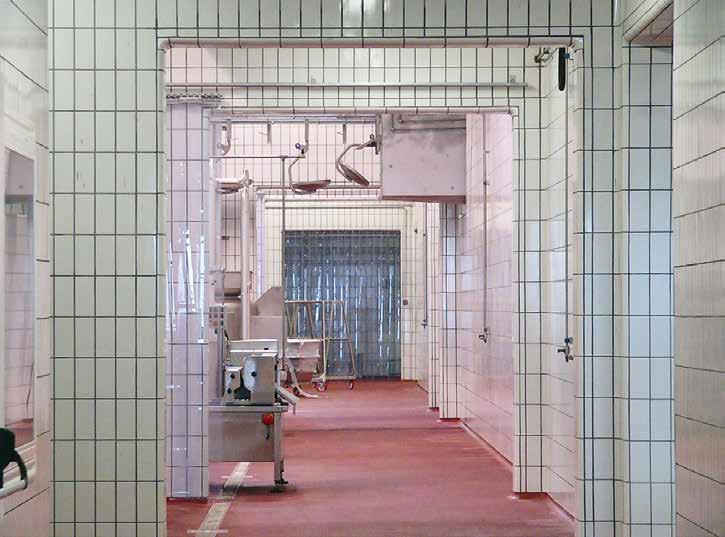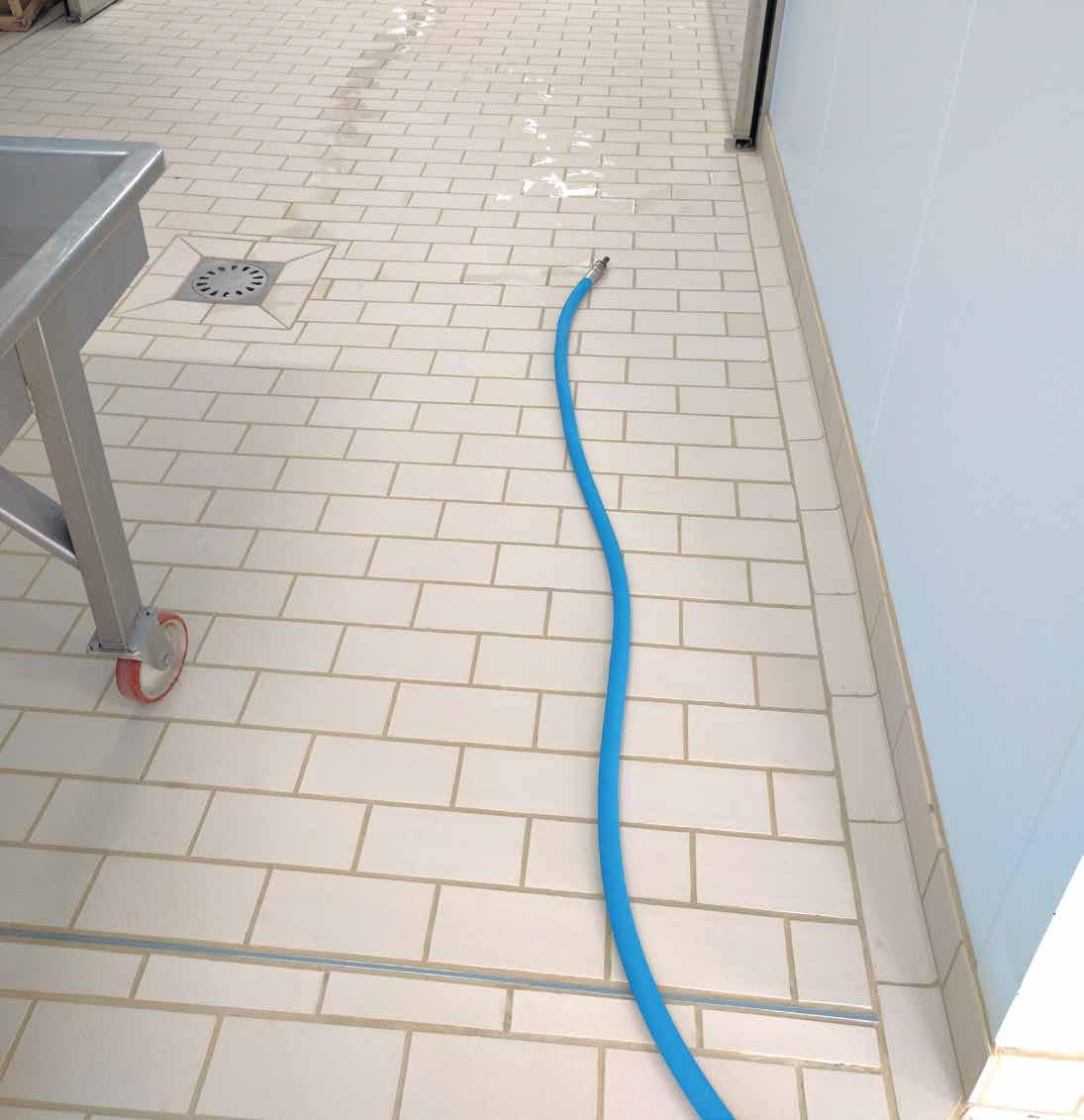TECHNICAL INFORMATION
Slip resistance and safety | Working areas and floors in work rooms with slip risk entered with footwear
Valid standards and test results
General standards and tests EN 14411 group
E = water absorbtion
Dimensions and surface properties
Length and width: Permissible deviation from work size
Thickness: Permissible deviation from work size
Straightness of sides:
Permissible deviation referring to the length of the sides
Rectangularity:
Permissible deviation referring to the length of the sides
Surface flatness: Permissible deviation
a) as centre camber of the diagonal, calculated from the work size
b) as side camber referring to the corresponding work size
c) as inclined plane referring to the diagonal, calculated from the work size
Surface quality: Accepted tiles
Physical Properties
Water absorbtion (average value in %)
Breaking load in N/mm depending on the thickness of the material
Frost resistance
Resistance to surface abrasion of glazed tiles
Resistance to abrasion of unglazed tiles/loss in volume in mm
Thermal shock resistance
Thermal coefficient of expansion at ambient temperature of up to 100°C in K-1
Chemical Properties
Resistance to chemicals – except to hydrofluoric acid and its compounds for unglazed tiles for glazed tiles
a) to acids and alkali
b) to stains
c) to household chemicals
d) to swimming pool additives
Resistance to glaze cracking
Slip resistance Industrial areas
Table of the respective stress groups according to the PEI wet method DIN EN ISO 10545-7
Cleaning instructions for ceramic tiles
Compared to other covering materials, ceramic tiles grant excellent properties in maintenance. Long durability, easy cleaning combined with best hygiene characteristics and high functionality in private and public areas are the best reasons for this strong and decorative material. interbau-blink glazed and unglazed tiles are ideal for cleaning without problems.Please consider never to use cleaning agents containing hydrofluoric acid or its compounds (fluorides). They attack every ceramics even if diluted with plenty of water.Of course it makes sense to keep foot-scrapers, floor mats, cleaning zones and entrance areas clean too, in order to prevent the dirt getting inside in first case.
For cleaning the following principles apply:
1. Choice of the appropriate cleaning agent
2. Allow the cleaning agent sufficient time to act upon the dirt and to loosen it
3. The process must be supported mechanically by brushing or wiping. Do not use pads or brushes with abrasive grain addition!
4. Collect the separated dirt thoroughly by washing and absorbing.
The first cleaning that takes place immediately after finishing the laying works, should be done as follows:
First the coarse dirt is removed by sweeping. Afterwards thorough cleaning follows by applying the appropriate cleaner. Cement residues can be removed with acid cleaning agents, so-called cement film removers. Please consider that acid cleaners attack cement joints. This can be prevented by protecting the joint through prewetting and thorough cleaning of the covering with clear water afterwards. Depending on the concentration, neutralization shall take place. Normal dirt can be removed best with alkaline or neutral cleaners.
Heavily frequented areas:
The cleaning is required according to the degree of dirt. In case of heavily frequented areas, cleaning should take place several times a day. In general, it is sufficient to use commercially available cleaners for the regular cleaning. Please consider that cleaners with combined long term preparation possibly may cause layers of fat, wax or synthetic layers, which may have negative influence on the slip resistance and might harm the visual properties of the tile
Difficult stains:
The easiest way to remove difficult stains, calcareous deposits, urine stone and metal abrasion residues is the application of acid cleaners. Consider to remove the acid cleaner completely by rinsing with clear water or neutralizing after sufficient time for the cleaner to act upon the dirt. Paint drops, tar or similar residues can easily be removed with gasoline, acetone or caustic pastes. This also applies for epoxy resin. Grease, wax and oil can be loosened by highly alkaline cleaners and are easy to remove afterwards.
Unglazed ceramics:
Unglazed ceramics without impregnation may show stains caused by this contamination, which can not be completely removed again. Unglazed ceramic tiles without in-plant upgrading should be impregnated as prevention in cases where practical experience shows that the floor may come into contact with grease or oil.
Special ceramics:
In our production programme you will find a wide range of slip resistant glazed and unglazed tiles. These products are specially developed for application in public, commercial, industrial areas as well as wet barefoot areas like swimming pools, showers, saunas etc. Depending on the area of application they have rough or profiled surfaces. The most effective method of cleaning is granted with brushing machines, high-pressure or vapour pressure cleaners. Do not use brushes or pads containing abrasives as they will have a negative impact on the slip resistance of the tile. Take care that the tile surface is thoroughly rinsed from cleaning liquids and disinfection liquids with clear water in order to prevent the floor covering to become slippery. For first and general cleaning we propose alkali based cleaning liquids. An acid cleaning should just be made from time to time depending on the degree of dirt and mainly depends on the type of water used. The German organization "Deutsche Gesellschaft für das Badewesen" has established a list with tested cleaning liquids for ceramic surfaces in swimming pools. These cleaners will also be proposed on our behalf for cleaning of our tiles. Impregnation of glazed or unglazed ceramic surfaces may alter the performance characteristics (visual properties, slip resistance) of the ceramic.
Minimal iron lumps:
Due to the nature of ceramics minimal iron lumps may occur, which in single cases appear as small black spots. They do not influence the visual effect or quality.

